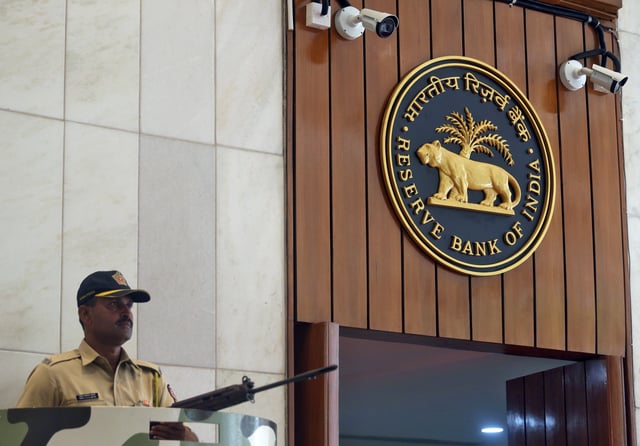Overview
- The Reserve Bank of India released draft directions that would replace incurred‑loss provisioning with an expected credit loss model using Stage 1/2/3 classification and forward‑looking allowances.
- The ECL framework is proposed to take effect on April 1, 2027, with a five‑year glide path through March 31, 2031 to smooth the transition.
- A transitional arrangement would require annual inclusion of adjustment amounts in CET1 capital to cushion the one‑time rise in provisions.
- A companion draft revises the Standardised Approach for Credit Risk with more granular risk weights for corporates, MSMEs and real estate, and reclassifies on‑time credit‑card transactors into the regulatory retail category.
- The RBI estimates a minimal or positive impact on minimum capital requirements overall, has kept existing NPA norms in place, signaled EIR‑based income recognition and model‑risk governance under ECL, and invited comments until Nov. 30, 2025.
